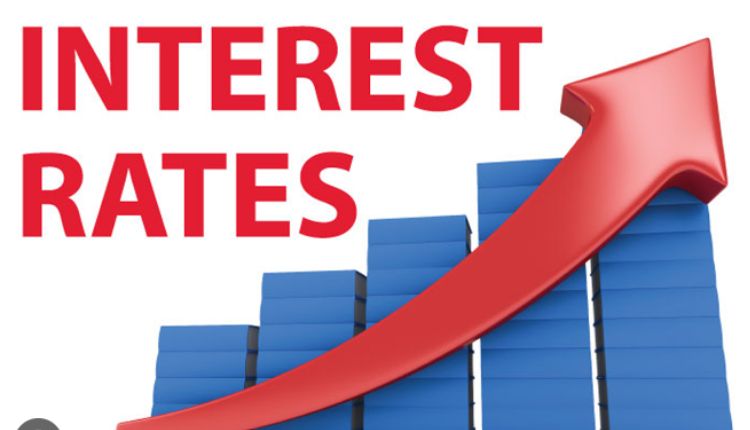Government-backed loans make homeownership more accessible by reducing the risk for lenders. They include mortgages, student loans, disaster relief, business and farm service loans. When the Index Interest Rate Source option is set when creating a product, all loan products using this method will need to be updated as soon as the index rates change.
What Is A Government-Backed Loan?
정부지원대출 are mortgages that are insured or guaranteed by a federal agency. These loans can be used to purchase a home, refinance or improve your current mortgage. These types of loans are often more affordable than conventional financing, and they may offer lower rates or more flexible credit requirements. The primary goal of government-backed loans is to give more people the opportunity to own a home by reducing the risk for lenders. They do this by guaranteeing the loan against borrower default, which allows lenders to offer more favorable terms for borrowers.
The three most popular government-backed loan programs are FHA loans, VA loans and USDA loans. These programs are designed to help first-time homebuyers, rural homeowners and veterans buy homes with smaller down payments or more flexible qualification requirements than conventional financing. These loans can also come with additional costs, such as mortgage insurance premiums or additional fees. However, they can still be an excellent option for many borrowers.
How Do Government-Backed Loans Work?
Government loans are available to meet a wide range of needs, including education, disaster relief, opening a business and home ownership. Typically, a government loan works by guaranteeing the lender against loss, which helps lower their risk and allows them to lend to more people. Many types of government loans exist, and each has its own set of requirements. For example, FHA mortgage loans (opens in new tab) are backed by the Federal Housing Administration, and they typically have lower credit and down payment requirements than conventional loans – making them easier to qualify for.
Some government loans also offer perks, like subsidized Federal Direct student loans, which means the government pays the interest while you’re in school or during a grace period following graduation. These features can add up to significant savings over the life of your loan. Using a loan calculator is an easy way to run the numbers and understand how these extra costs may impact your overall borrowing costs.
What Are The Benefits Of A Government-Backed Loan?
Whether you’re in the market for student loans or mortgages, government-backed loans offer several benefits to borrowers. They usually have lower interest rates than conventional loans and can be easier to qualify for. They also tend to come with less expensive fees, including mortgage insurance and loan origination charges. In some cases, such as with subsidized Direct student loans, the government covers interest costs for borrowers while they’re in school or during their grace period. This can make the overall cost of your loan a bit higher than the 대출이자계산기 results would show.
When it comes to mortgages, the federal government (through designated agencies) backs home loans that lenders issue themselves. This removes much of the risk from the lender, which allows them to offer borrowers a wider range of home buying options. These include allowing buyers with low credit scores to qualify for conventional mortgages, as well as offering FHA and USDA loans that don’t require a down payment at all.
What Are The Drawbacks Of A Government-Backed Loan?
Government-backed loans offer borrowers benefits like lower interest rates, more flexible qualification requirements and deferred repayment options. But they also come with certain drawbacks. For example, most government loans require a higher credit qualifying score than conventional loans. And some, such as subsidized Direct student loans and VA and USDA home mortgages, require a down payment, while others don’t. The lender takes on more risk with a government-backed loan because the agency insures or guarantees the loan amount. This means if the borrower defaults on the loan, the government will pay back the lender.
What’s Next?
Ultimately, it’s important to understand the differences between government-backed and conventional mortgage loans before making your decision. Contact your trusted mortgage partner to learn more about the qualifications, requirements and benefits of each. Or use our mortgage calculator to compare homebuying options. Then decide which mortgage is right for you. It’s just one of the many ways we help borrowers achieve their homeownership goals.

